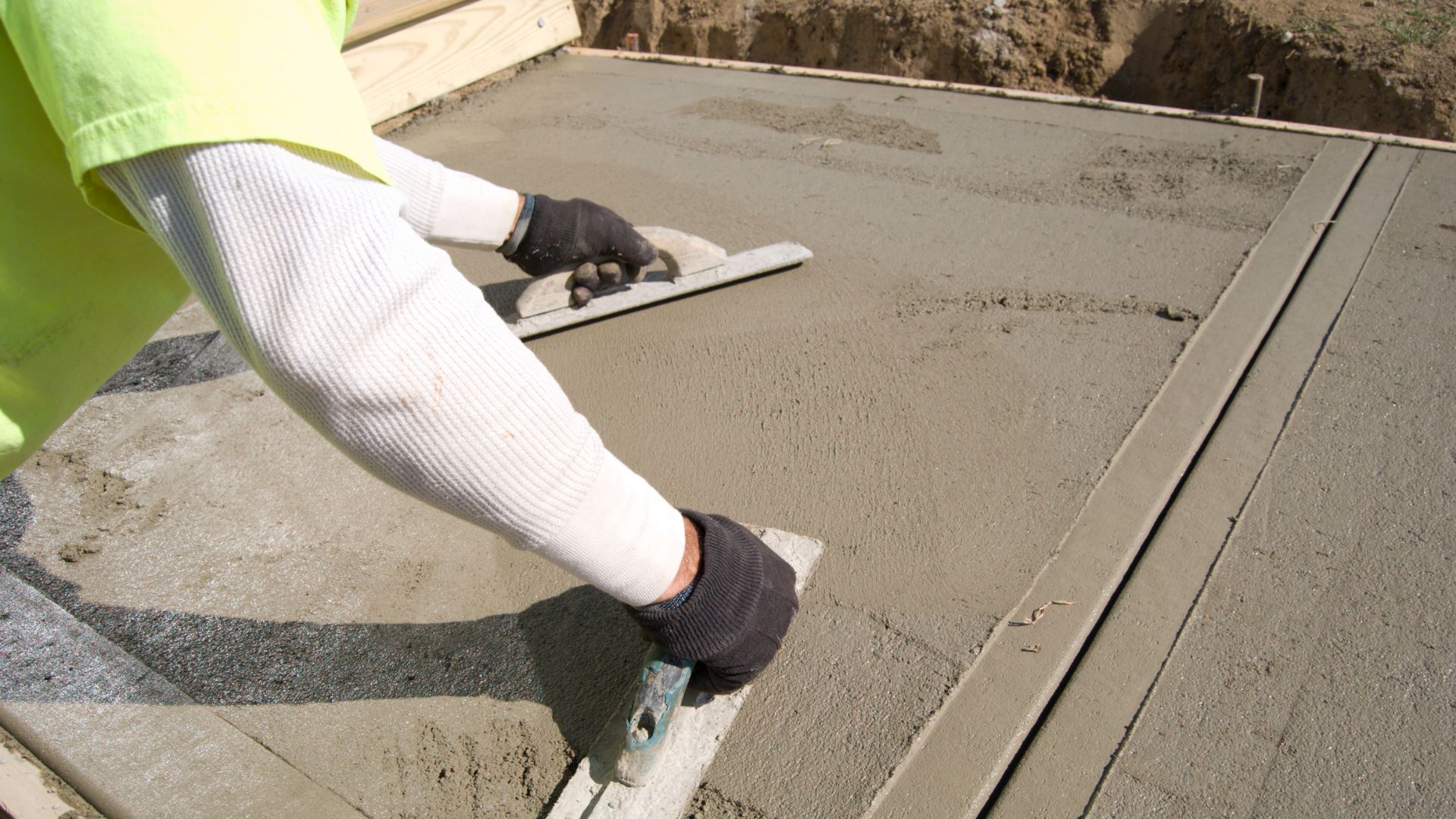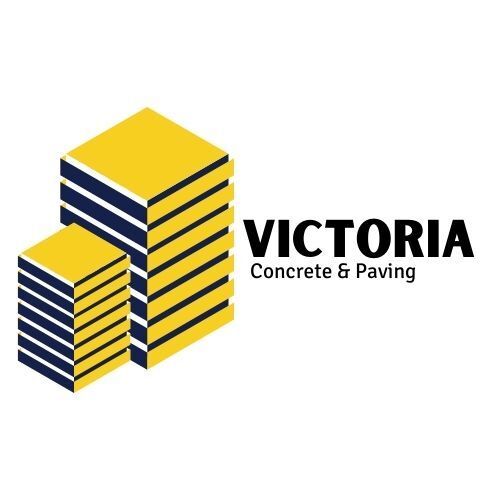From Concept to Completion: The Process of Commercial Concrete Contractors
Concrete construction is important in commercial projects due to its immense importance and numerous advantages. Its durability, strength, and versatility make it ideal for constructing commercial structures such as office buildings, shopping malls, and warehouses. The importance of skilled and artistic commercial concrete contractors cannot be overstated in ensuring the successful execution of these projects.
They have an eye for detail, enabling them to create unique and visually appealing designs, textures, and finishes. Their ability to work with concrete as an artistic medium allows for the creation of facades, intricate patterns, and captivating structures that enhance the overall aesthetics of commercial developments.
Initial Planning and Design Phase In Concrete Construction
Project Brief and Goals
Establishing a clear project brief and defining the goals and objectives of the commercial concrete project.
Site Evaluation
Assessing the site conditions, including soil analysis, drainage, and any potential constraints that can affect the design and construction of the concrete elements.
Structural Analysis and Feasibility
Conducting structural analysis and feasibility studies to ensure that the proposed concrete design solutions are structurally sound, considering load-bearing capacity, durability, and seismic resistance factors.
Material Selection and Optimization
Collaboratively selecting suitable concrete mixes, additives, and finishes that align with the creative design solutions while considering strength, aesthetics, and sustainability factors.
Visualization and 3D Modeling
Using innovative software tools to build detailed 3D models of suggested concrete design solutions, stakeholders can examine concepts from all aspects and properly evaluate their practicality.
Integration with Building Systems
Coordinating with MEP (Mechanical, Electrical, and Plumbing) engineers to seamlessly integrate the concrete elements with other building systems, ensuring compatibility and optimal functionality.
Collaborative Design Reviews
Conducting regular design reviews involving engineers, architects, and other stakeholders to evaluate the proposed concrete design solutions, provide feedback, and refine the concepts. Collaborating with specialty consultants, such as concrete technologists or structural engineers, to leverage their expertise in optimizing concrete design solutions is also necessary.
Sustainability and Environmental Considerations
Incorporating sustainable design principles into the concrete elements, such as using recycled materials, incorporating efficient concrete production methods, and designing for energy efficiency.
Cost Estimation and Value Engineering
Collaborating on cost estimation and value engineering exercises to identify cost-effective solutions without compromising the integrity or aesthetics of the concrete design solutions.
Designing and Construction Process For Commercial Paving
Building Codes and Standards:
Familiarize yourself with the building codes and standards for your project's location. These codes provide guidelines for reinforcement design, placement, and material specifications.
Reinforcement Design:
Develop a comprehensive reinforcement design plan that includes reinforcement elements' placement, configuration, and size. This plan should be based on the structural analysis and follow the building codes and standards. Ensure proper placement as well for reinforcement during construction. Precise positioning of reinforcement elements is important for achieving the desired design and structural performance.
Quality Control and Inspection:
Implement a robust quality control and inspection program throughout the construction process. Regularly inspect the reinforcement installation to verify compliance with the design and specifications. Conduct non-destructive testing methods, such as ultrasonic or radiographic testing, to assess the quality of the reinforcement and detect any potential defects or issues.
Construction Practices:
Promote proper construction practices to ensure the reinforcement remains intact during the concrete pouring. Adequate formwork, vibration techniques, and concrete consolidation methods help prevent displacement or damage to the reinforcement.
Maintenance and Monitoring:
Establish a maintenance and monitoring plan to assess the long-term performance of the reinforced structure. Regular inspections, including visual assessments and structural testing, can help identify any degradation, corrosion, or damage to the reinforcement over time.
Concrete Pavement Placement and Finishing Technique
Preparation
Formwork:
Ensure the formwork is properly constructed, aligned, and braced to withstand the pressure the fresh concrete exerts. Use release agents or form liners, if necessary, to facilitate easy form removal and enhance the surface finish.
Subgrade Preparation:
The subgrade should be properly compacted, levelled, and debris-free. Adequate moisture content is essential to prevent excessive moisture loss from the concrete.
Concrete Placement
Concrete Mix Design:
Follow the recommended concrete mix design that meets the project's specifications and requirements. Consider factors such as strength, workability, and durability.
Pouring Technique:
Pour the concrete evenly and continuously, avoiding segregation and minimizing the formation of cold joints. Use chutes, pumps, or buckets to transport concrete to the pouring area efficiently.
Consolidation:
Consolidate the concrete to remove air voids and ensure proper compaction. Vibrators or vibrating screeds can consolidate the concrete, especially in thick or heavily reinforced sections.
Finishing Techniques
Screeding:
Use a straightedge (screed) to level the concrete surface by removing excess concrete. Move the screed in a back-and-forth sawing motion while gradually advancing.
Floating:
After screeding, use a bull float or darby to smooth the surface and eliminate minor imperfections. Floating helps in levelling the surface and preparing it for subsequent finishing operations.
Edging and Jointing:
Use an edger to create rounded edges along the perimeters of the concrete. Jointing is done to control cracking by creating contraction or expansion joints using grooving tools or jointing trowels.
Troweling:
Perform troweling to achieve the desired surface texture and finish. Begin with a steel trowel to close the surface, followed by subsequent passes with a float or power trowel to refine the finish.
Brooming or Texture:
A broom finish is commonly used to enhance traction and reduce slipperiness for exterior surfaces. Drag a broom across the concrete surface while still working to create a textured finish.
Specialized Concrete Construction Services
Concrete Pumping:
Concrete pumping involves using specialized equipment to transfer liquid concrete from the mixing plant to the desired location. This service is beneficial when placing concrete in hard-to-reach or high-rise areas, improving efficiency and reducing labour requirements.
Shotcrete/Gunite:
Shotcrete, or gunite, is spraying concrete through a high-pressure hose onto a surface, typically using a dry-mix or wet-mix application. This technique is commonly used to construct or repair structural elements, such as retaining walls, tunnels, swimming pools, and slope stabilization.
Concrete Cutting and Coring:
Concrete cutting and coring services involve precise cutting, drilling, or removal of concrete to create openings for doors, windows, utility penetrations, or installation of structural elements. Specialized equipment, such as diamond-tipped saws and drills, ensures accurate and clean cuts.
Decorative Concrete:
Decorative concrete services focus on enhancing the aesthetic appeal of concrete surfaces. Techniques such as stamped concrete, stained concrete, exposed aggregate, and decorative overlays create visually appealing patterns, textures, and colours in driveways, patios, sidewalks, and interior floors.
Concrete Repair and Restoration:
Concrete repair and restoration services address existing concrete structures' deterioration, cracks, or damage. Specialized techniques, including epoxy injection, carbon fibre reinforcement, and polymer overlays, are employed to restore the structural integrity and extend the lifespan of the concrete elements.
Pre-cast Concrete:
Pre-cast concrete involves manufacturing structural or architectural elements off-site in controlled environments. These elements, such as walls, beams, columns, and panels, are transported and installed at the construction site. Pre-casting offers enhanced quality control, efficiency, and versatility in construction projects.
Concrete Reinforcement:
Concrete reinforcement services focus on designing and installing reinforcement materials, such as steel bars, fibres, or mesh, to enhance the strength and durability of concrete structures. Specialized knowledge of structural engineering, reinforcement design, and proper installation techniques is required to ensure optimal performance and safety.
Industrial and Specialty Coatings:
Industrial and specialty coatings are applied to concrete surfaces to provide protection against chemicals, abrasion, and UV exposure or to achieve specific functional requirements. These coatings, such as epoxy, polyurethane, or anti-slip, are customized to meet the needs of industrial facilities, warehouses, parking garages, and other commercial spaces.

Collaboration of Commercial Concrete Contractors
Commercial concrete contractors ensure the successful execution of commercial building projects by overseeing all aspects of concrete construction, from site preparation to finishing. They are instrumental in achieving project goals, maintaining efficiency, and ensuring the structural integrity and safety of the constructed facilities. Their involvement is essential for the successful completion of commercial concrete construction projects.
Victoria Concrete and Paving ensures durable structures, cost-effectiveness, timely project completion, compliance with regulations, and peace of mind. If you are considering
commercial concrete contractors, working with us guarantees a successful outcome and allows businesses to focus on their operations.
